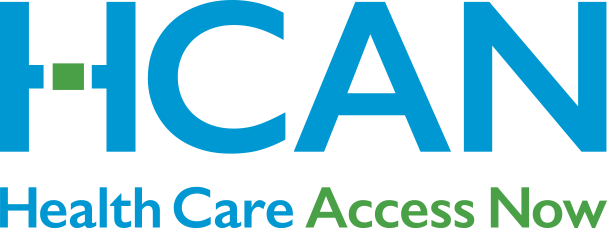[vc_row][vc_column width=”1/1″][wpo_service title=”Community Pathways HUB” size=”font-size-lg” title_align=”separator_align_center” information=”Community Pathways HUBs are for high risk populations. HUBs are centralized care coordination entities that identify specific types of patients and care providers to eliminate duplication of services.” style=”quote”][vc_single_image image=”5583″ alignment=”center” border_color=”grey” img_link_large=”” img_link_target=”_self” css_animation=”appear” img_size=”400×280″][vc_accordion collapsible=”” disable_keyboard=””][vc_accordion_tab title=”Fact Number One”][vc_column_text]
HUBs simplify health care for consumers who are overwhelmed or confused. They serve those who would otherwise reject the system and not respond to any entity that can help, eventually relying on emergency rooms for care because they can’t find a doctor who accepts Medicaid or they don’t communicate with their health plan.
[/vc_column_text][/vc_accordion_tab][vc_accordion_tab title=”Fact Number Two”][vc_column_text]
HUBs are an excellent avenue to address Ohio’s high infant mortality rate and identify low-income, pregnant women in need of pre-natal care.
[/vc_column_text][/vc_accordion_tab][vc_accordion_tab title=”Fact Number Three”][vc_column_text]
HUBs reduce state health costs by addressing the social determinants and barriers to care.
[/vc_column_text][/vc_accordion_tab][vc_accordion_tab title=”Fact Number Four”][vc_column_text]
Investing in standardized operations that would enable HUBs across the state to share information appropriately and help health plans more effectively report data to the state is one near-term goal.
[/vc_column_text][/vc_accordion_tab][/vc_accordion][/vc_column][/vc_row]
